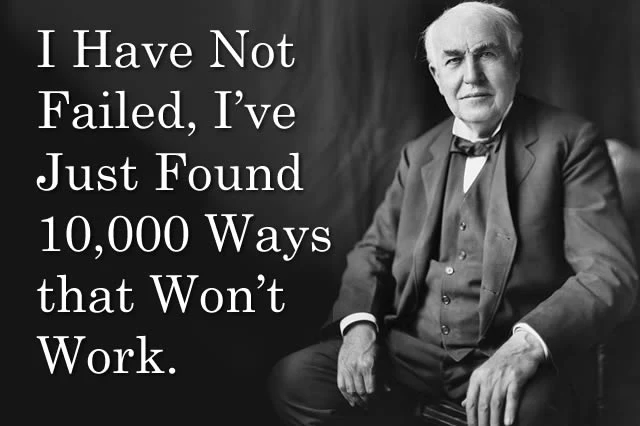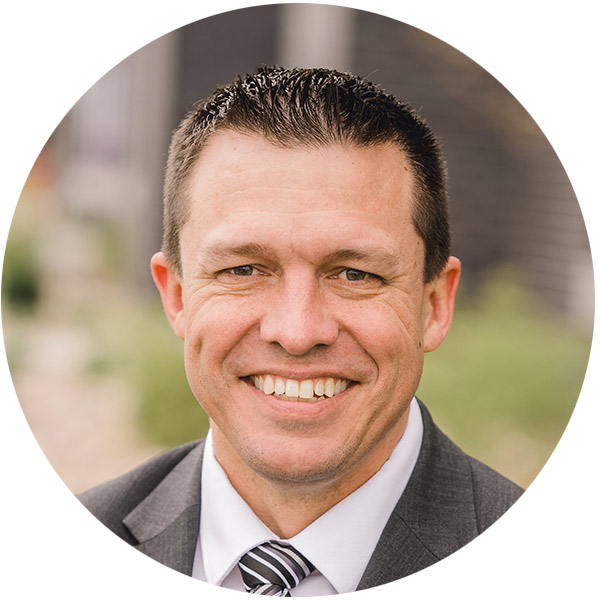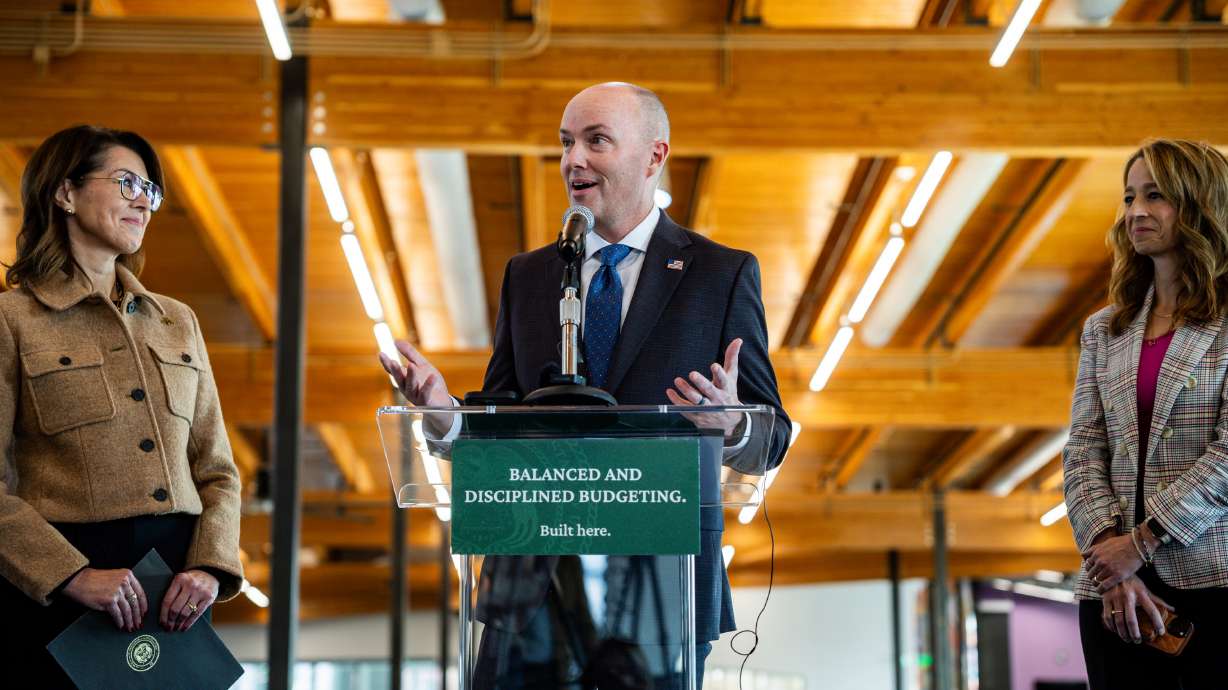Teachers often say they want children to ask questions, but the unfortunate reality is that traditional schools discourage child curiosity.
Picture this.
A teacher prepares an interesting hands-on activity. The students use some specialized science tools to discover how Ancient Egyptians used wheels to do harder tasks. The students happily begin experimenting with the new tools, including a spring scale. They use the instructions to answer the questions provided by the teacher. The teacher’s goal is to engage the students’ curiosity and get them to understand an important scientific concept.
This is a worthy goal of a creative teacher.

One group’s curiosity is high. They begin to experiment with the scale in a way the teacher did not foresee. They pull the spring scale in different directions. They use different objects to hang from the scale. Just as they are really getting engaged the teacher wanders over and says, “Ok, kids. Enough of that. I’ll give you time to experiment at recess. This is time for science.”
In that moment, the students’ curiosity dies. They were taught that questions are important, just not their questions.
This was the observation of Susan Engel in a rural 5th grade classroom.
It isn’t an unusual incident. Teachers often create amazing lessons to spark a child’s curiosity, but the constraints they feel in traditional schools don’t allow them to maintain that curiosity.
The Importance of Curiosity
Think back to a time when you were truly curious. You were highly engaged and focused on making new discoveries. You probably remember most of what you learned in that moment.
Curiosity is linked with greater academic success. Students from low-income households benefit from curiosity more than other children.
Not only is curiosity important for academic success, it has been closely linked to success. The most successful people in the world are curious about the world around them. Curious people push the limits of what we believe to be true. They test. They experiment. They discover a number of ways to fail. Then they discover a new way to succeed.
Thomas Edison allegedly said, “I have not failed. I’ve just found 10,000 ways that won’t work.” The actual quote is instructive. “I have gotten a lot of results! I know several thousand things that won’t work” This is the mindset of the curious. It is learning-focused, even if the learning seems like failure to others.
Traditional Schools Discourage Curiosity
Albert Einstein understood that there was a problem with traditional schooling and believed that it inherently stifled curiosity. In his autobiography he said, “It is nothing short of a miracle that the modern methods of instruction have not yet entirely strangled the holy curiosity of inquiry; for this delicate plant, aside from stimulation, stands mainly in need of freedom; without this it goes to wreck and ruin without fail.”
What is it about traditional schools that kills childhood curiosity?
Alfie Kohn suggested four areas schools eliminate curiosity: schedules, school culture, standardized curriculum, and exams and grades.

Schedules
Everyone learns in their own way and at their own pace. Some only need a few minutes to master a concept while others need hours. It all depends on that individual’s interests and needs.
All traditional schools are ruled by their schedules. As a principal, I spent many hours trying to work out when kids could do certain things. It is a complex project. But school schedules are artificial. When can students go outside? It’s on the schedule. When does science start? It’s on the schedule. When does math end? It’s on the schedule.
These schedules ignore how we naturally learn. It is not something that can be planned. Sometimes it takes a long time, other times it is shorter. Flexibility is key to building curiosity. If a student is engaged, why would we cut that off before they finish.
School Culture
Traditional schools have a culture of quiet hallways. Time is spent each school year teaching students how to quietly raise their hands and wait to be called on. They practice lining up in the hallway and walking to their destination. Many classrooms arrange students in rows to discourage conversations. And adults often punish loud behavior.
But children, especially when they are together, are naturally loud. When they are excited their voice volume rises. When they learn something new they rush to tell a mentor. They enjoy learning something new with their friends.
This type of learning is discouraged culturally in most schools.
Standardized Curriculum
News flash: no two children are the same.
Yet schools will only purchase one kind of math or science curriculum. Public school districts encourage teachers to use the curriculum “with fidelity.” Translated, that means use this curriculum and nothing else.
What is done when a student doesn’t fit that curriculum? Usually, the teacher is asked to put the round peg into the square hole.
A curriculum like this creates boredom for some students and frustration for others. Students should be allowed to move through the curriculum at their own pace. Some learning environments can do this, but traditional ones cannot. It leaves a student who is curious about a topic frustrated, killing their curiosity to learn more.
Tests and Grades
Schools are required to measure students. They test their verbal skills, their reading ability, their math comprehension, and their ability to follow directions. These results are reported to parents, districts, and the state. Students are compared to a standard of what an average student should be. The results of all tests are compiled into grades.
Grades tend to be a final evaluation of a student. Regardless of the result, schools continue to move forward through the standardized curriculum. Students and families are expected to figure out what went wrong on their own.
What students really need is feedback. Feedback gives students a clear understanding of how to improve. Asking for feedback shows confidence in one’s ability and desire for improvement. There are numerous articles talking about how successful people seek feedback often.
But tests and grades are not that. They are a final judgment on the quality of learning.
A New Way to Learn
But there is hope. There are new learning environments popping up across the country. They focus on individualized learning. They allow students the flexibility to stay on a topic longer or shorter depending on their needs or desires.
Public schools could create a learning environment like this. Most of their restrictions are self-imposed through curriculum, schedules, and culture.
But some schools are trying this. They are called microschools. These are small, innovative, low-cost private schools. They focus on personalized learning. Their small size allows for flexibility in scheduling and curriculum. While many provide grades to parents, it is considered more of an update than a final sentence.
You don’t have to continue to send your children to curiosity-killing schools. You have a choice.








